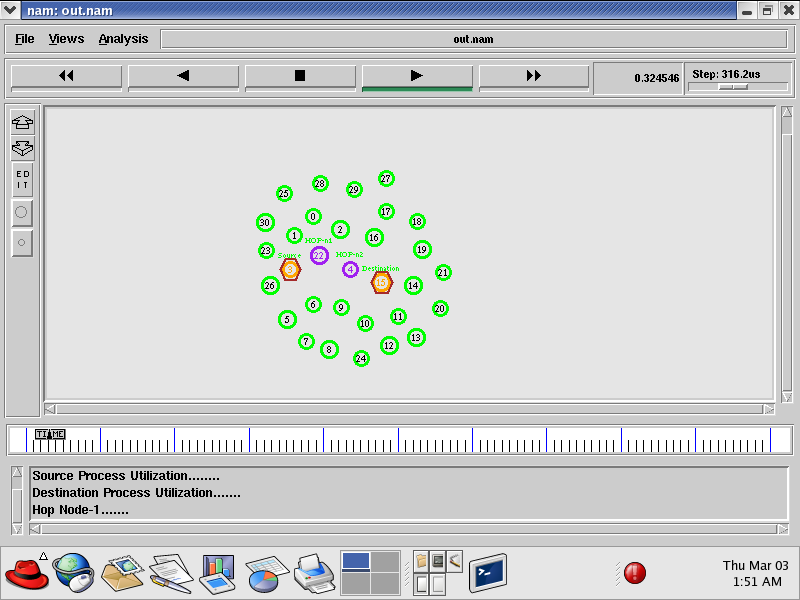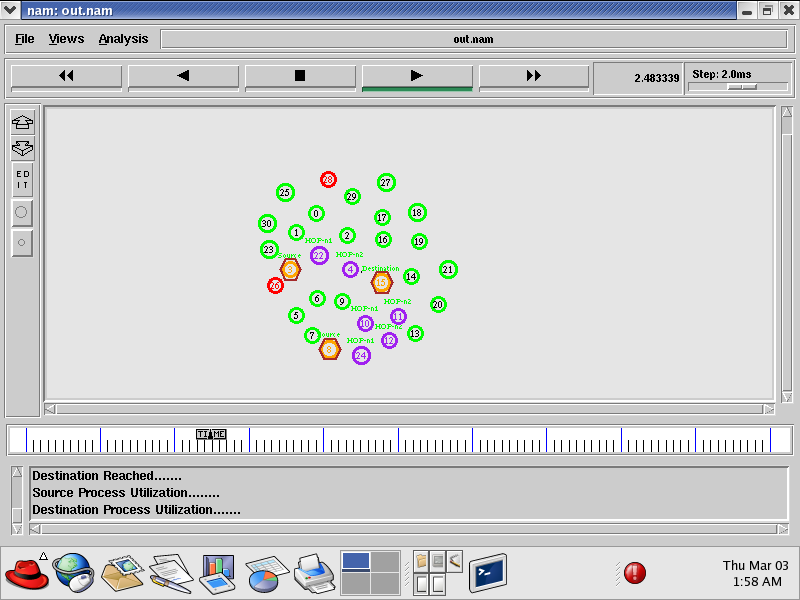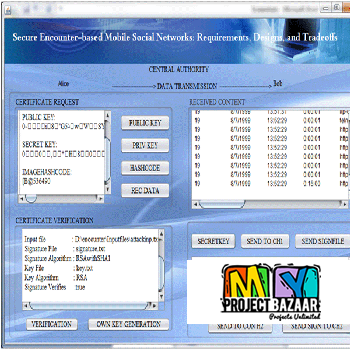
The Role of Location Popularity in Multicast Mobile Ad Hoc Networks
Product Description
The Role of Location Popularity in Multicast
Mobile Ad Hoc Networks
Abstract— The Role of Location Popularity in Multicast Mobile Ad Hoc Networks. In the asymptotic analysis of large scale mobile networks, most previous works assume that nodes move in all the cells identically. We put forward this line of research by considering location popularity, which is verified by recent experimental studies. Nodes tend to visit some popular locations and go to other locations less frequently. We first analyze its multicast capacity and delay under the traditional 2-hop store-carry and forward paradigm. With different location popularity distributions, network capacity and delay will vary according to the distribution exponent. As the popularity becomes more diverse, less concurrent transmissions are tolerated in the network, which brings down the performance. Observing that transmission opportunity is not fully utilized in popular cells for 2-hop paradigm, we put forward a 3-hop scheme, which is called store-carry-accelerate forward scheme. In this 3-hop scheme, each packet is first sent to an initial relay, who carries the packets into the popular cells and then broadcasts to multiple nodes to accelerate the delivery. By so doing, we showed that the 3-hop scheme outperforms the 2-hop scheme for all popularity distributions. < Final Year Projects 2016 > we study the delay-capacity tradeoffs for multicast under both schemes and the buffer needed for stability requirement. Our results reveals the joint impact of multicast and location heterogeneity on the design of transmission schemes, and may shed new insights for future studies.
Including Packages
Our Specialization
Support Service
Statistical Report

satisfied customers
3,589
Freelance projects
983
sales on Site
11,021
developers
175+

















